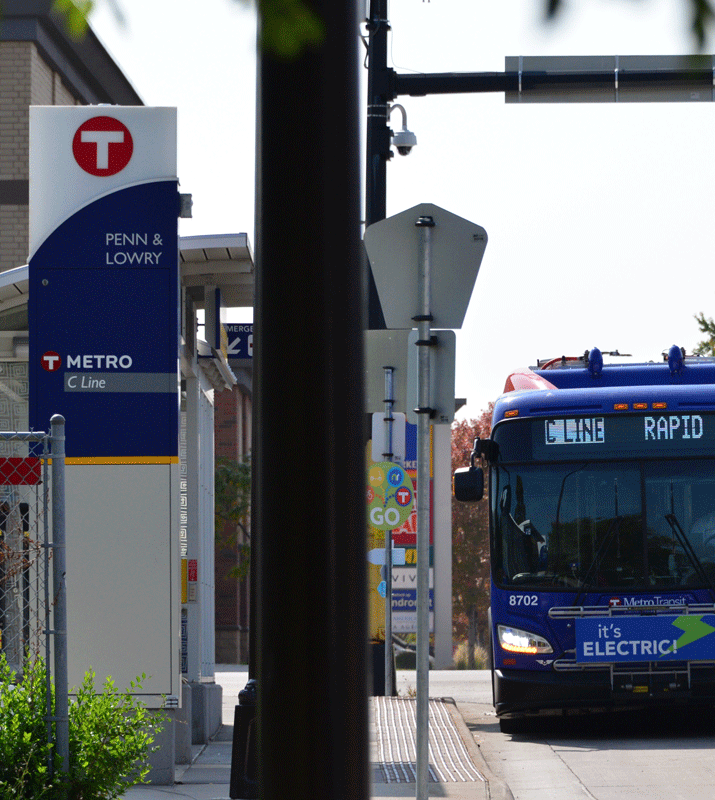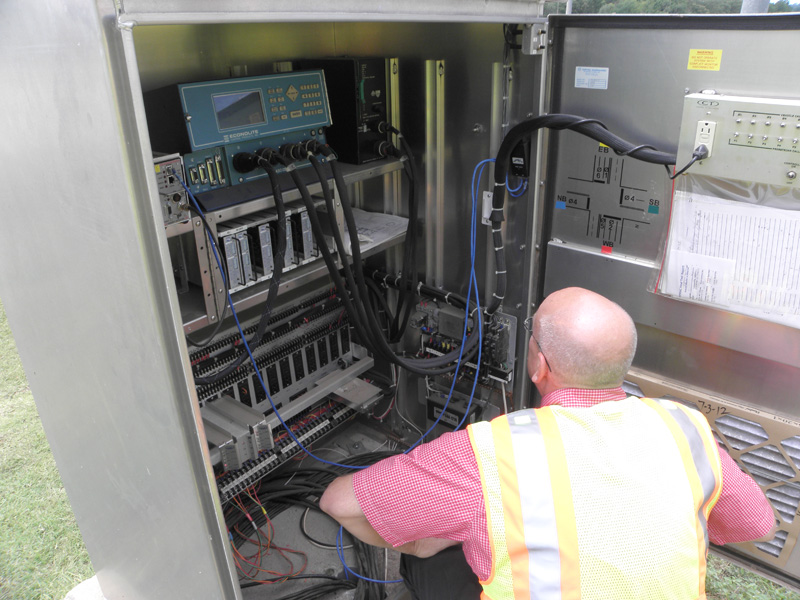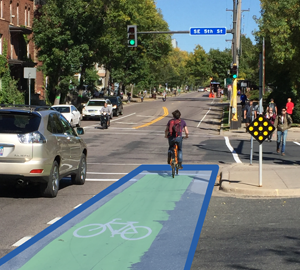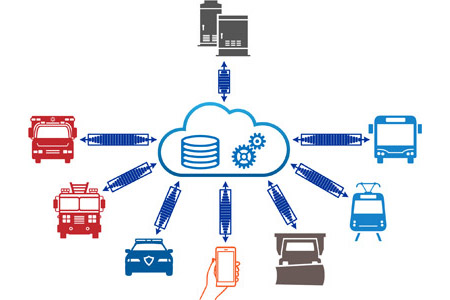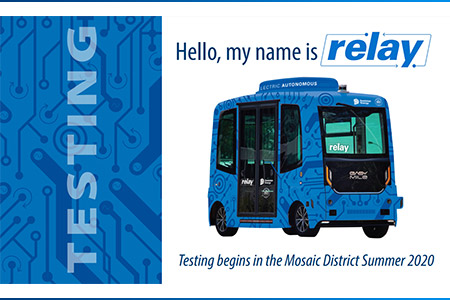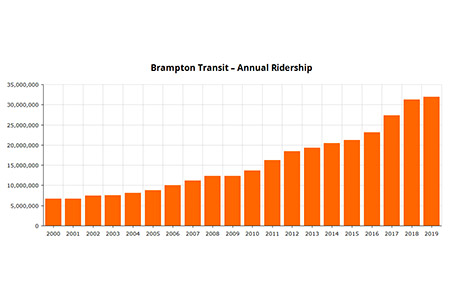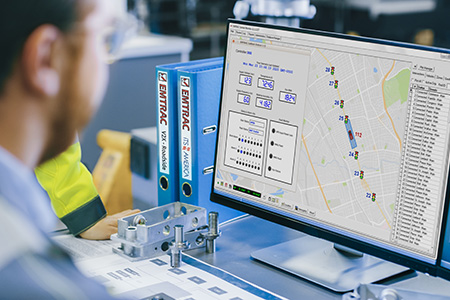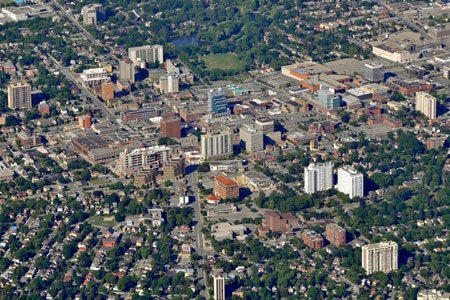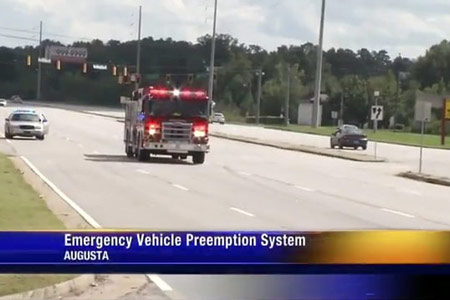With the increase in the number of ITS-specific requirements in transit and traffic projects over the past 10 to 15 years, there’s also been an increase in…
Transit Signal Priority systems are installed in cities throughout North America—in an extremely wide range of…
It’s crucial for traffic departments to have the ability to deliver smart-city services through an accessible and secure…
With the remarkable shift to cloud computing during the past decade, it’s nearly impossible to identify real-time technologies that don’t utilize the cloud to least some degree. However, for all of its advantages, cloud computing does have some inherent limitations. In most cases, these limitations are fairly minor, but they can decrease performance enough that safety-related agencies are well served by considering communications choices early in their project timeline.
The Federal Communications Commission recently answered a question that impacts US-based traffic, first response, and transit agencies: Which of the proposed communications methods will be adopted to serve vehicle-to-vehicle and vehicle-to-infrastructure communications, DSRC or C-V2X?
Fairfax County, Virginia is currently testing the first driverless public transportation vehicles in the Washington DC region. The 100-percent electric vehicles are also equipped with EMTRAC Transit Signal Priority (TSP) to safely decrease wait times at intersections.
When city managers explore implementing, or improving, signal priority for transit and first-response vehicles, rarely is it for low-congestion corridors. In most cases, the streets equipped with Transit Signal Priority (TSP) and Emergency Vehicle Preemption (EVP) functionality are also the streets with the greatest travel demand.
One of the key benefits of an intelligent traffic system is the ability for cities to maintain complete awareness of their system’s state of readiness. What are the conditions inside our traffic cabinets? How are our signals responding to current traffic conditions? Are the signals maintaining coordination? And so on.
There are over 530,000 people who live in the Region of Waterloo, Ontario, and the Region includes prestigious universities, innovative businesses, and thriving urban centers—all connected by a high-quality transit system and the scenic Grand River.
The Augusta Fire Department in Georgia will soon have emergency response vehicles equipped with the EMTRAC signal-priority system. Vehicles equipped with the EMTRAC system are able to automatically “preempt” the intersection—meaning only the response vehicle’s signal is green while all other directions at the intersection are red.

